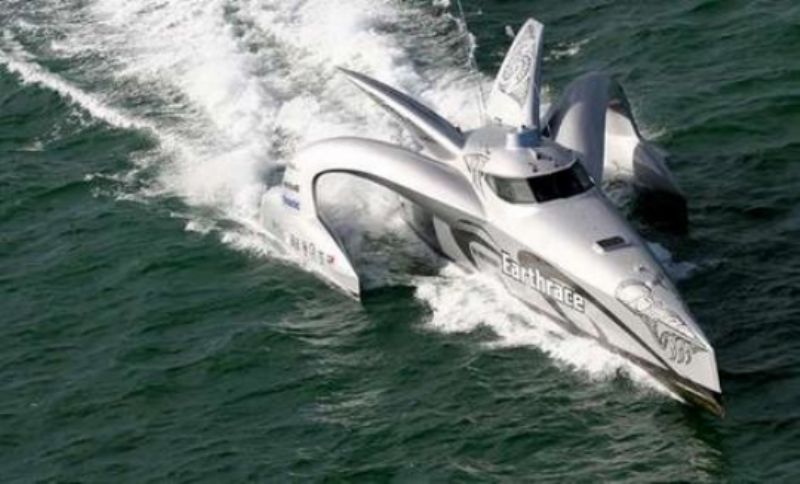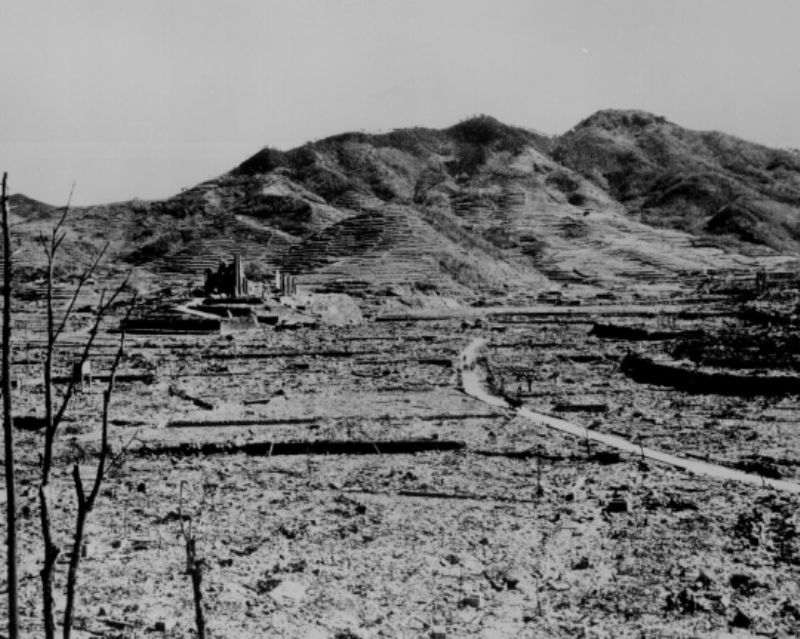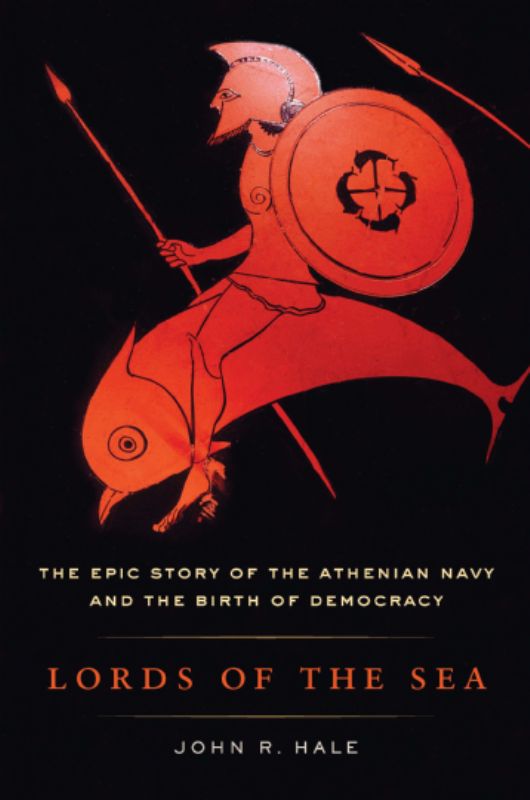![]() Control room
Control room ![]() Avatar eye
Avatar eye ![]() Neytiri
Neytiri ![]() Roger-Dean-like landscape of floating mountains
Roger-Dean-like landscape of floating mountains
Although I adored Up, for me Avatar has been the ultimate in 3-D experiences. Elaine, Gaia and I went to see it on Thursday evening – and I haven’t been able to get it out of mind since. And Sigourney Weaver, one of my all-time favourite actresses, is only part of the story. For more, see here and here.
Like Star Wars (1977) or Raiders of the Lost Ark (1981), the film broke through to the treasure store of storylines and images I had accumulated through childhood and younger years, not least from reading science fiction books like Dune. Indeed, there was much of the film that forcefully reminded me of Dune‘s author, Frank Herbert, who I met in the 1980s. The tanks in which the avatars are grown are straight-line descendants of the axolotl tanks in which mentats were grown in the Dune series.
The landscape of floating mountains in which the final battle is fought reminded me inexorably of the work of Roger Dean, whose painting I have long loved and had about the house–and who I met way back in the early 1990s at a Green exhibition where we were both involved.
The control room on the planet of Pandora is exactly the way I’d like the Volans offices to look like a year or two hence, with the addition of a bunch of comfy sofas and bookshelves. The entrepreneurial way in which a small group of principled heroes adapts the problem technology to new, positive uses is a wonderful illustration of the Power of Unreasonable People.
And the eyes have it: I loved the eyes of the Na’vi–and, also, the bio-botanical neural network. The social variant of that is what Paul Hawken has been monitoring and championing in his book Blessed Unrest and in the work of WiserEarth.
Can’t wait to see the film again.



